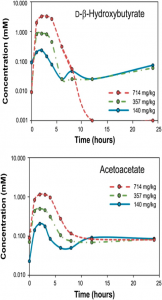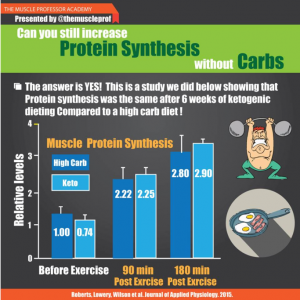The history of low fat diets is riddled with crappy low fat food-like products.
Food quality matters.
Free full article on Patreon! <- link
Take a group of obese people and assess insulin sensitivity however you like: some researchers demand nothing less than a hyperinsulinemic-euglycemic clamp (Gold Standard), others are OK with insulin levels during an oral glucose tolerance test.
Next, divide the people up based on this — there are a few ways you can do it. You can: take the top half vs. the bottom half (a method which includes everyone); take the top third vs. bottom third (excluding the middle third); take the top quarter vs. bottom quarter (excluding the middle 50%), etc.
THIS MATTERS because in referencing this topic, many people claim most obese are insulin resistant. They may be more insulin resistant than lean people, but even within obese people, there’s a spectrum, and the spectrum matters in this #context.








